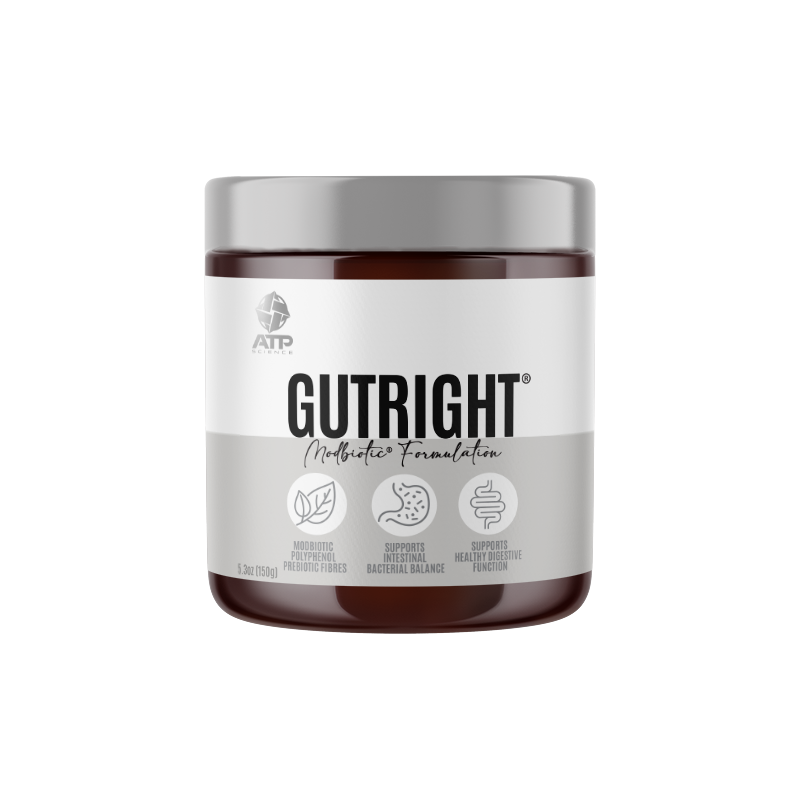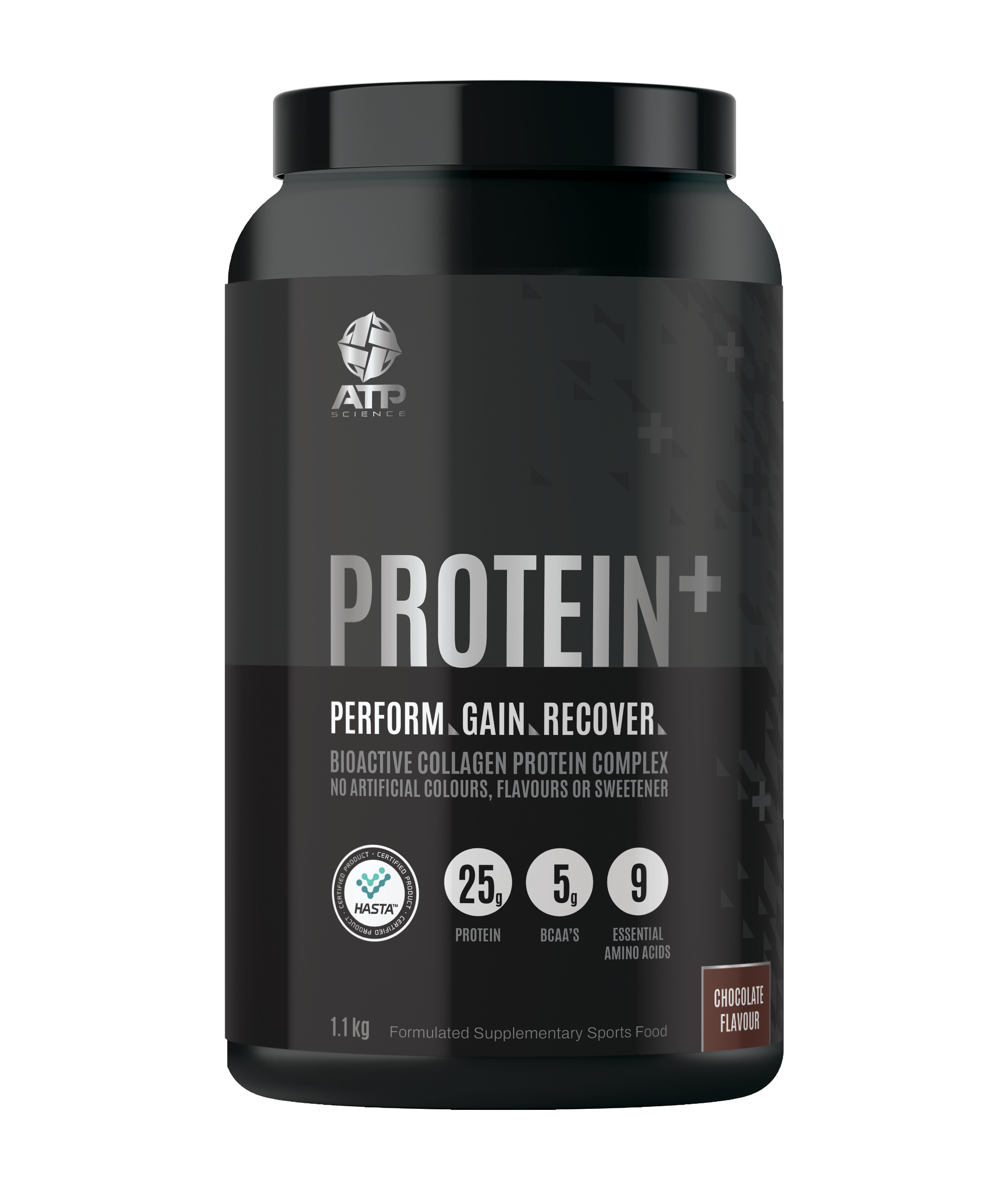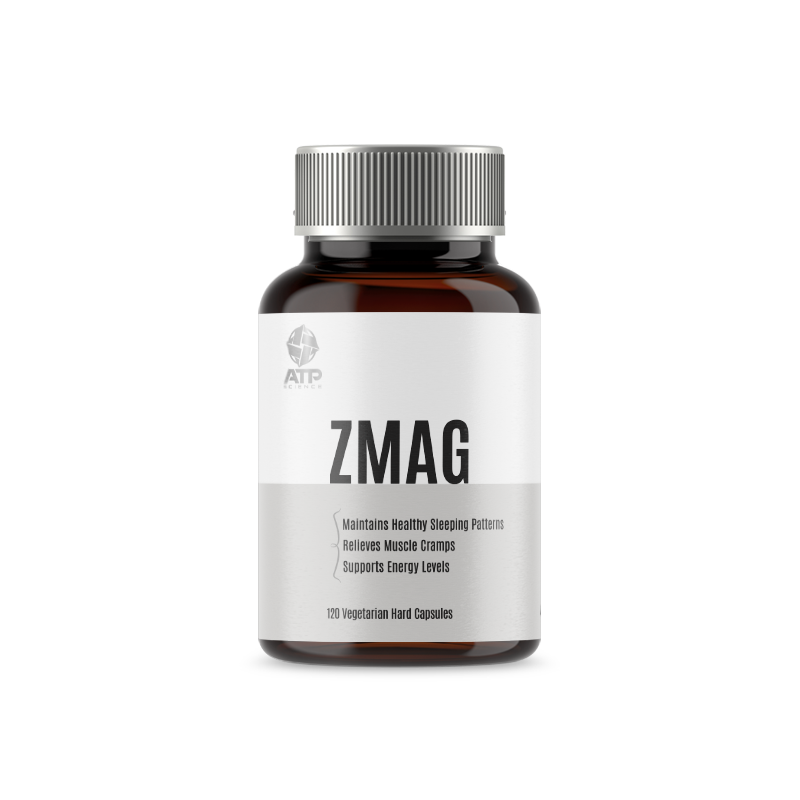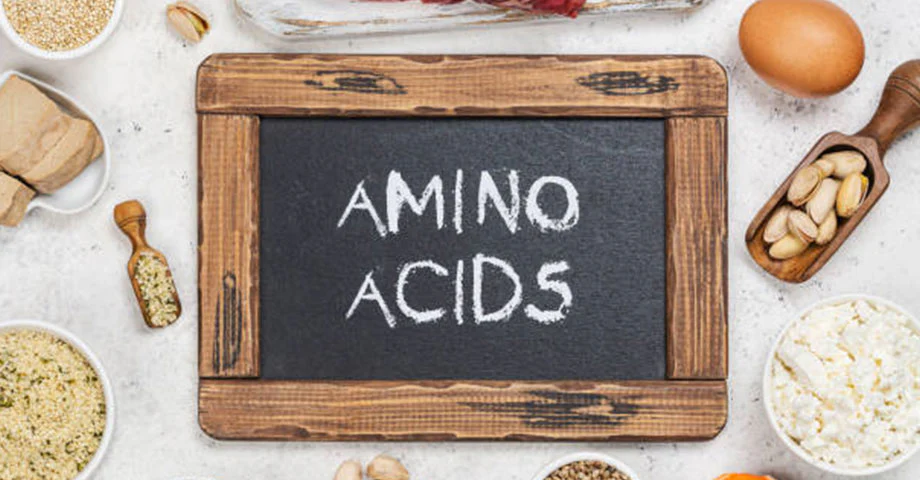Vitamin B3
What is it?
Niacin and niacinamide are forms of Vitamin B3. Niacinamide, also known as nicotinamide, is a water-soluble amide of nicotinic acid.
While niacinamide and niacin have identical vitamin activities (i.e., they both prevent development of the vitamin B3-deficiency condition, pellagra), they have very different pharmacological activities.
Niacin and niacinamide are forms of Vitamin B3. Vitamin B3 is found in many foods including yeast, meat, fish, milk, eggs, green vegetables, beans, and cereal grains
What does it do?
- Niacinamide acts as an antioxidant by preventing NAD depletion during DNA repair.
- Niacinamide inhibits free radical formation and protects from macrophage toxins
- In Type 1 diabetes it protects pancreatic islet cells from damage facilitates beta-cell regeneration in vivo and in vitro.
- Niacinamide has also been found to stimulate GABA receptors, without binding to the receptor sites, thus creating a benzodiazepine-like effect.
- Anti-inflammatory action by affecting neutrophil chemotaxis (chemical signals used to attract immune and inflammatory cells) and suppresses cytokine induced inflammation and oxidative stress.
Why supplement?
B3 Deficiency
Pellagra, a disease consisting of bilaterally symmetrical lesions on both sides of the body and hands, occurs as a result of a niacin deficiency. The disease is characterized by hyperpigmentation and thickening of the skin, inflammation of the tongue and mouth, and digestive disturbances including indigestion, anorexia, and diarrhea. In late stages of the disease, irritability, amnesia, and delirium occur. Both niacin and niacinamide are approved by the U.S. Food and Drug Administration (FDA) for the treatment and prevention of niacin deficiency, and certain conditions related to niacin deficiency such as pellagra. Niacinamide is sometimes preferred because it doesn’t cause “flushing,” (redness, itching and tingling), a side effect of niacin treatment.
In Diabetes; there is a window of opportunity to use high-doses of niacinamide to exert protective effects on beta-cell function in humans. The dose used in diabetic and prediabetic individuals ranges from 1.75- 3.5 grams per day. In diabetic children, a daily dose of 150-300 mg/year of age, up to 3 grams is often used. Refer to the dosing section and you will see these levels far exceed typical dietary requirements and should be done with guidance and prescription from your healthcare professional.
Niacinamide has been used to treat several types of dermatological pathologies that present with blistering skin conditions or hyperpigmentation in particular.
Niacin is commonly used for high cholesterol and triglycerides but this action still requires further research to test if effective for this.
Niacin is also used along with other treatments for circulation problems, migraine headache and dizziness.
Niacin is also commonly used for preventing positive urine drug screens in people who take illegal drugs.
How do I supplement?
The recommended daily intake (RDA) is 20 mg per day for an adult.
Higher doses are commonly used for masking drug tests, targeting cholesterol, and treating / preventing Type 1 Diabetes but the larger doses may not be safe and should only be used under the direct supervision of your health care professional.
Nausea is usually the first side effect noted with niacinamide. Other side effects associated with high-dose niacinamide include heartburn, vomiting, flatulence, and diarrhea. Mild headaches and dizziness have been reported after giving niacinamide parenterally.
Niacin and niacinamide are LIKELY SAFE for most people when taken by mouth. A common minor side effect of niacin is a flushing reaction. This might cause burning, tingling, itching, and redness of the face, arms, and chest, as well as headaches.
When doses of over 3 grams per day of niacin are taken, more serious side effects can happen. These include liver problems, gout, ulcers of the digestive tract, loss of vision, high blood sugar, irregular heartbeat, and other serious problems. Similar side effects can happen with large doses of niacinamide.
Some concern has been raised about stroke risk in people taking niacin. In one large study, people who took high doses of niacin had a two-fold greater risk of stroke compared to those not taking niacin. But it is unclear if this outcome was due to niacin or some other unknown factor. Previous research has not identified any stroke risk related to taking niacin.
Food Sources of Niacin (B3)
- Turkey Breast
- Chicken Breast
- Peanuts
- Mushrooms
- Liver
- Tuna
- Green peas
- Grass-fed Beef
- Sunflower seeds
- Avocado
- Sardines
- Shrimp
- Brown Rice
- Salmon
References
Neacsu M1, Vaughan N2, Raikos V2, Multari S2, Duncan GJ3, Duthie GG2, Russell WR2.Food Chem. Phytochemical profile of commercially available food plant powders: their potential role in healthier food reformulations. 2015 Jul 15;179:159-69. doi: 10.1016/j.foodchem.2015.01.128. Epub 2015 Feb 4.
Kehoe SH1, Chopra H2, Sahariah SA2, Bhat D3, Munshi RP4, Panchal F4, Young S5, Brown N1, Tarwande D6, Gandhi M2, Margetts BM7, Potdar RD2, Fall CH1. Effects of a food-based intervention on markers of micronutrient status among Indian women of low socio-economic status. Br J Nutr. 2015 Mar 14;113(5):813-21. doi: 10.1017/S000711451400419X. Epub 2015 Feb 13.
Kawashima A1, Madarame T, Koike H, Komatsu Y, Wise JA. Four week supplementation with mixed fruit and vegetable juice concentrates increased protective serum antioxidants and folate and decreased plasma homocysteine in Japanese subjects. Asia Pac J Clin Nutr. 2007;16(3):411-21.
Zhou SS, Zhou Y. Excess vitamin intake: An unrecognized
risk factor for obesity. World J Diabetes 2014; 5: 1-13
Zhou SS, Zhou YM, Li D, Lun YZ. Dietary methyl-consuming
compounds and metabolic syndrome. Hypertens Res 2011; 34:
1239-1245
Zhou SS, Li D, Zhou YM, Sun WP, Liu QG. B-vitamin
consumption and the prevalence of diabetes and obesity among the
US adults: population based ecological study. BMC Public Health
2010; 10: 746
Li D, Sun WP, Zhou YM, Liu QG, Zhou SS, Luo N, Bian FN,
Zhao ZG, Guo M. Chronic niacin overload may be involved
in the increased prevalence of obesity in US children. World J
Gastroenterol 2010; 16: 2378-2387
Zhou SS1, Li D1, Chen NN1, Zhou Y1. Vitamin paradox in obesity: Deficiency or excess?World J Diabetes. 2015 Aug 25;6(10):1158-67. doi: 10.4239/wjd.v6.i10.1158.
Redox Biol. 2015;4:272-8. doi: 10.1016/j.redox.2014.12.017. Epub 2015 Jan 16.
The shifting perception on antioxidants: the case of vitamin E and β-carotene.
Vrolijk MF1, Opperhuizen A2, Jansen EH3, Godschalk RW4, Van Schooten FJ4, Bast A4, Haenen GR4.
Sadiya A1, Ahmed SM2, Carlsson M3, Tesfa Y2, George M2, Ali SH2, Siddieg HH2, Abusnana S2.
Vitamin D3 supplementation and body composition in persons with obesity and type 2 diabetes in the UAE: A randomized controlled double-blinded clinical trial. Clin Nutr. 2016 Feb;35(1):77-82. doi: 10.1016/j.clnu.2015.02.017. Epub 2015 Mar 24.
J Diabetes Res. 2014;2014:869307. doi: 10.1155/2014/869307. Epub 2014 Oct 13.
Vitamin D status and its relationship with metabolic markers in persons with obesity and type 2 diabetes in the UAE: a cross-sectional study.
Sadiya A1, Ahmed SM1, Skaria S1, Abusnana S1.
Eur J Clin Nutr. 2015 Jun;69(6):707-11. doi: 10.1038/ejcn.2014.251. Epub 2014 Nov 19.
Vitamin D supplementation in obese type 2 diabetes subjects in Ajman, UAE: a randomized controlled double-blinded clinical trial.
Sadiya A1, Ahmed SM1, Carlsson M2, Tesfa Y1, George M1, Ali SH1, Siddieg HH1, Abusnana S1.
Eur J Endocrinol. 2013 Oct 1;169(5):559-67. doi: 10.1530/EJE-13-0233. Print 2013 Nov.
The serum 25-hydroxyvitamin D response to vitamin D supplementation is related to genetic factors, BMI, and baseline levels.
Didriksen A1, Grimnes G, Hutchinson MS, Kjærgaard M, Svartberg J, Joakimsen RM, Jorde R.
Eur J Endocrinol. 2015 Mar;172(3):235-41. doi: 10.1530/EJE-14-0870.
Vitamin D3 increases in abdominal subcutaneous fat tissue after supplementation with vitamin D3.
Didriksen A1, Burild A2, Jakobsen J2, Fuskevåg OM2, Jorde R3.
Zhao Y1, Monahan FJ1, McNulty BA1, Brennan L1, Gibney MJ1, Gibney ER2. α-Tocopherol Stereoisomers in Human Plasma Are Affected by the Level and Form of the Vitamin E Supplement Used.J Nutr. 2015 Oct;145(10):2347-54. doi: 10.3945/jn.115.213280. Epub 2015 Aug 19.
Clemente HA1, Ramalho HM, Lima MS, Grilo EC, Dimenstein R. Maternal supplementation with natural or synthetic vitamin E and its levels in human colostrum. J Pediatr Gastroenterol Nutr. 2015 Apr;60(4):533-7.
Ping Tou Gee Unleashing the untold and misunderstood observations on vitamin E
Scaglione F1, Panzavolta G. Folate, folic acid and 5-methyltetrahydrofolate are not the same thing Xenobiotica. 2014 May;44(5):480-8. doi: 10.3109/00498254.2013.845705. Epub 2014 Feb 4.
Marchetta CM1, Devine OJ2, Crider KS3, Tsang BL4, Cordero AM5, Qi YP6, Guo J7, Berry RJ8, Rosenthal J9, Mulinare J10, Mersereau P11, Hamner HC12. Assessing the association between natural food folate intake and blood folate concentrations: a systematic review and Bayesian meta-analysis of trials and observational studies.Nutrients. 2015 Apr 10;7(4):2663-86. doi: 10.3390/nu7042663.
Smith AD, Kim YI, Refsum H. Is folic acid good for everyone? Am J Clin Nutr. 2008 Mar;87(3):517-33.
Obeid R1,2, Fedosov SN3,4, Nexo Cobalamin coenzyme forms are not likely to be superior to cyano- and hydroxyl-cobalamin in prevention or treatment of cobalamin deficiency. Mol Nutr Food Res. 2015 Jul;59(7):1364-72. doi: 10.1002/mnfr.201500019. Epub 2015 May 12.
.Tóshiko Takahashi-Iñiguez,†,1 Enrique García-Hernandez,2 Roberto Arreguín-Espinosa,2 and María Elena Flores1Role of vitamin B12 on methylmalonyl-CoA mutase activity* J Zhejiang Univ Sci B. 2012 Jun; 13(6): 423–437
McNulty H, Strain JJ, Hughes CF, Ward M. Riboflavin, MTHFR genotype and blood pressure: A personalized approach to prevention and treatment of hypertension.Mol Aspects Med. 2016 Oct 6. pii: S0098-2997(16)30058-9. doi: 10.1016/j.mam.2016.10.002.
Brosnan JT. Homocysteine and cardiovascular disease: interactions between nutrition, genetics and lifestyle.Can J Appl Physiol. 2004 Dec;29(6):773-80.
Strohle A, et al. Micronutrients at the Interface between Inflammation and Infection – ascorbic acid and calciferol. Part 1: General Overview with a focus on Ascorbic Acid. Inflammation and Allergy – Drug Targets, 2011, 10,54-63
Inflamm Allergy Drug Targets. 2011 Feb;10(1):54-63.
Micronutrients at the interface between inflammation and infection--ascorbic acid and calciferol: part 1, general overview with a focus on ascorbic acid.
Ströhle A1, Wolters M, Hahn A.
Ströhle A1, Hahn A. J Nutr Sci Vitaminol (Tokyo). 2014;60(6):367-79. doi: 10.3177/jnsv.60.367.
Vitamin C in the treatment and/or prevention of obesity.
Garcia-Diaz DF1, Lopez-Legarrea P, Quintero P, Martinez JA.
Frei B1, Birlouez-Aragon I, Lykkesfeldt Authors' perspective: What is the optimum intake of vitamin C in humans? J.Crit Rev Food Sci Nutr. 2012;52(9):815-29. doi: 10.1080/10408398.2011.649149.
Oral Dis. 2016 Sep;22(6):463-93. doi: 10.1111/odi.12446. Epub 2016 Apr 14.
Vitamin C: the known and the unknown and Goldilocks.
Padayatty SJ1, Levine M1.
Biochim Biophys Acta. 2014 Sep;1843(9):1909-16. doi: 10.1016/j.bbamcr.2014.05.016. Epub 2014 Jun 4.
Subcellular compartmentation of ascorbate and its variation in disease states.
Bánhegyi G1, Benedetti A2, Margittai E3, Marcolongo P2, Fulceri R2, Németh CE4, Szarka A5.
Wilhelm Jahnen-Dechent and Markus Ketteler. Magnesium basics. Clin Kidney J. 2012 Feb; 5(Suppl 1): i3–i14.
















